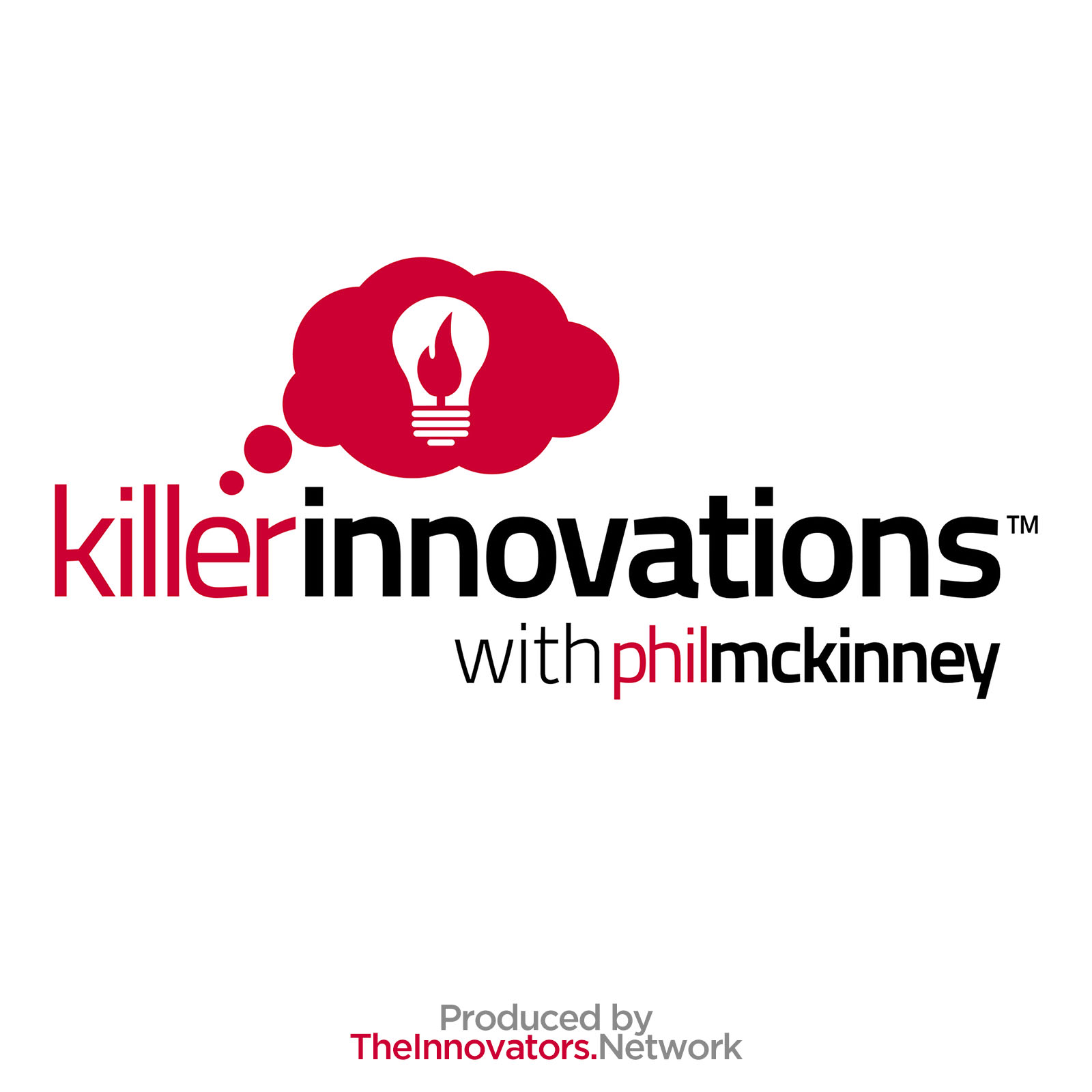

Playing Personality Poker with Your Innovation Team
This week’s guest is involved in the innovation game for as long as I’ve been around. Stephen Shapiro is a leading speaker and author on innovation, who previously lead a 20,000-person innovation practice at Accenture. We will discuss creativity, reframing questions, and how diverse personalities can come together to create a thriving innovation team.
Creativity & the Innovation Team
Stephen says that we all start with a high level of creativity. We are all creative in our ways, but some people approach creativity differently. As we discussed in the previous show, every innovation team needs a variety of different players with varying levels of creativity to achieve success. Stephen says collaborating with teams is vital to innovation success. Finding what teams are and what they are not will help them surround themselves with the key members that are needed. What is one lesson you learned from your time at Accenture? Stephen says he learned early on that everyone is creative and innovative; we just contribute in different ways.
Personality Poker
Stephen created a card game to help bring different people together to achieve a goal, known as Personality Poker. The game has four steps to the innovation process, and four different styles are linking back to the steps. While in Vegas playing Blackjack, I got the idea of 4 steps, 4 styles, 4 suits, went home and grabbed a deck of poker cards, and got writing. The goal is for people to play to their strong suit, and to make sure your innovation team is playing with a full deck. Not playing a strong suit is where a lot of organizations are falling flat.
We tend to hire people and who “fit the mold” and result in the loss of breadth of experience and thinking. How would you compare this to something like Gallup Strengthfinders? Stephen says it’s not about what you are good at, but what gives you energy. We can be good at something, but it might rob us of our energy. The game helps you see what you do well and what gives you energy while telling you who you are and aren’t. How have these impacted teams? Stephen says there are 52 cards as well as words that describe behavioral attributes.
People can gift these cards to others, which allows you to see how you are perceived and how people remember you. It acts as a great conversation starter within organizations and helps to bring the right people to the right team. On top of that, the game emphasizes having diverse perspectives and appreciating what each person brings to the table.
Reframing the Question
What drove you to write your new book, “Invisible Solutions”? Stephen says that his previous book emphasized asking better questions but did not explain how to do it. I spent the last ten years building a toolkit on reframing problems and decided it was time to put it into a book. “Invisible Solutions” are the solutions right in front of you, but you can’t see them because you are asking the wrong questions. What approach do you use to craft good questions that people understand? I created a systematic approach to reframe questions, not to generate new questions necessarily.
What is the “aha” moment for people in figuring out how to reframe questions? Stephen says they first come to have a deep appreciation of how important it is. They also start to understand h